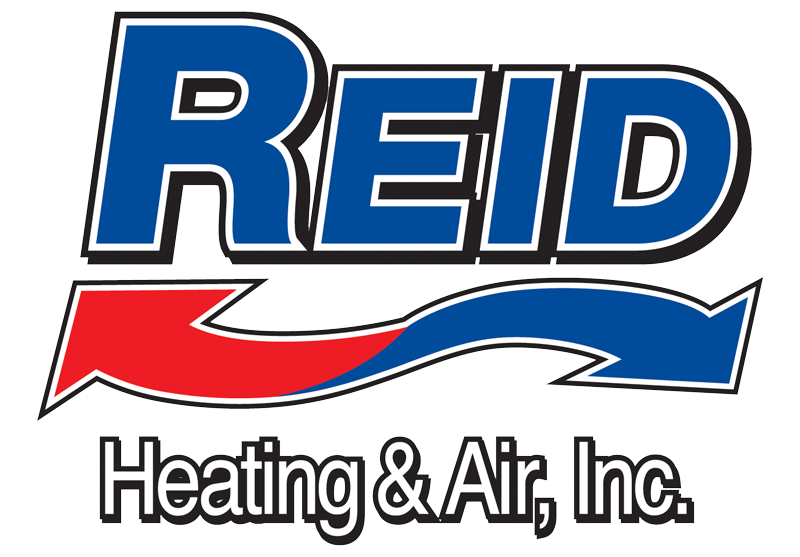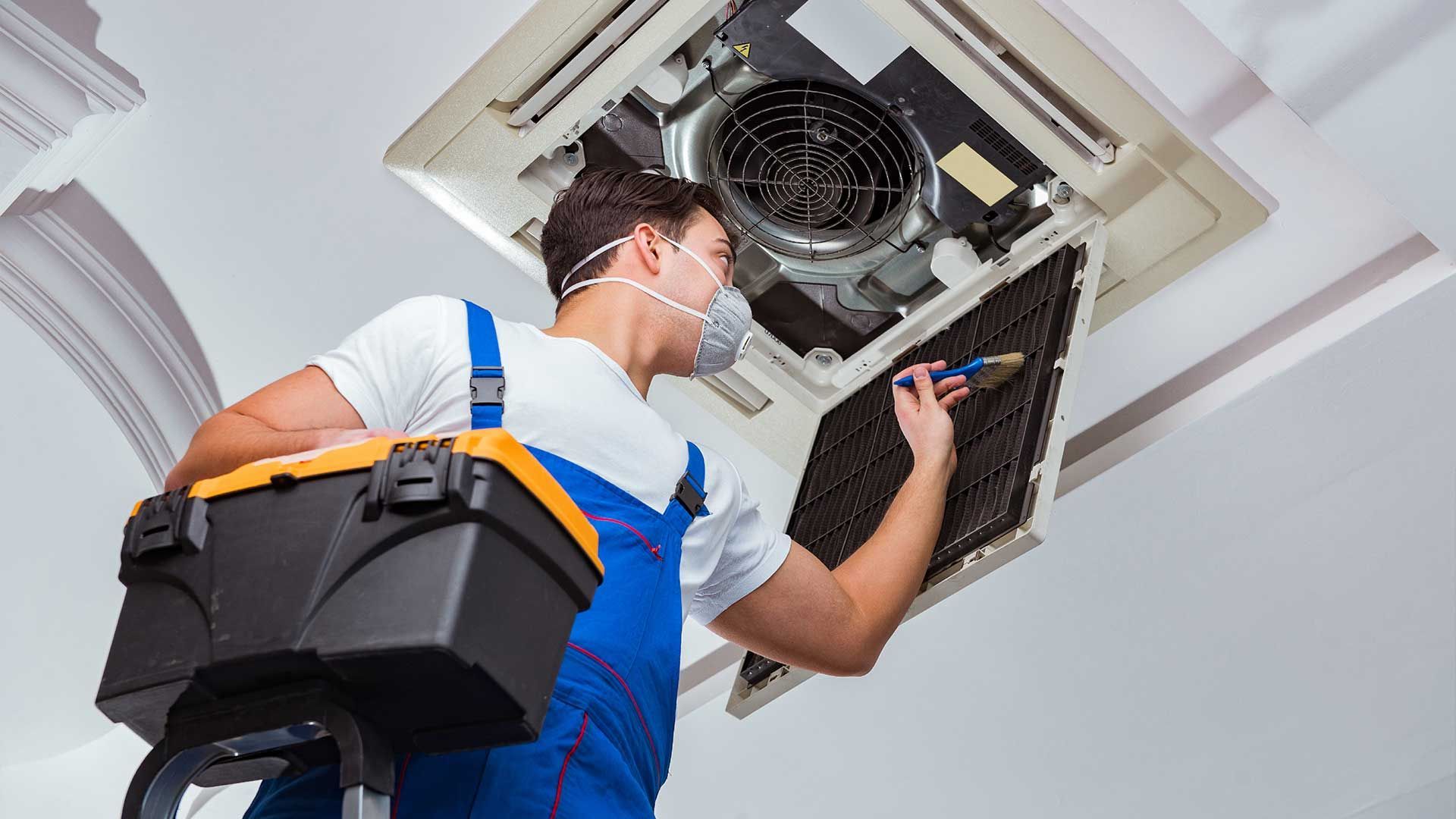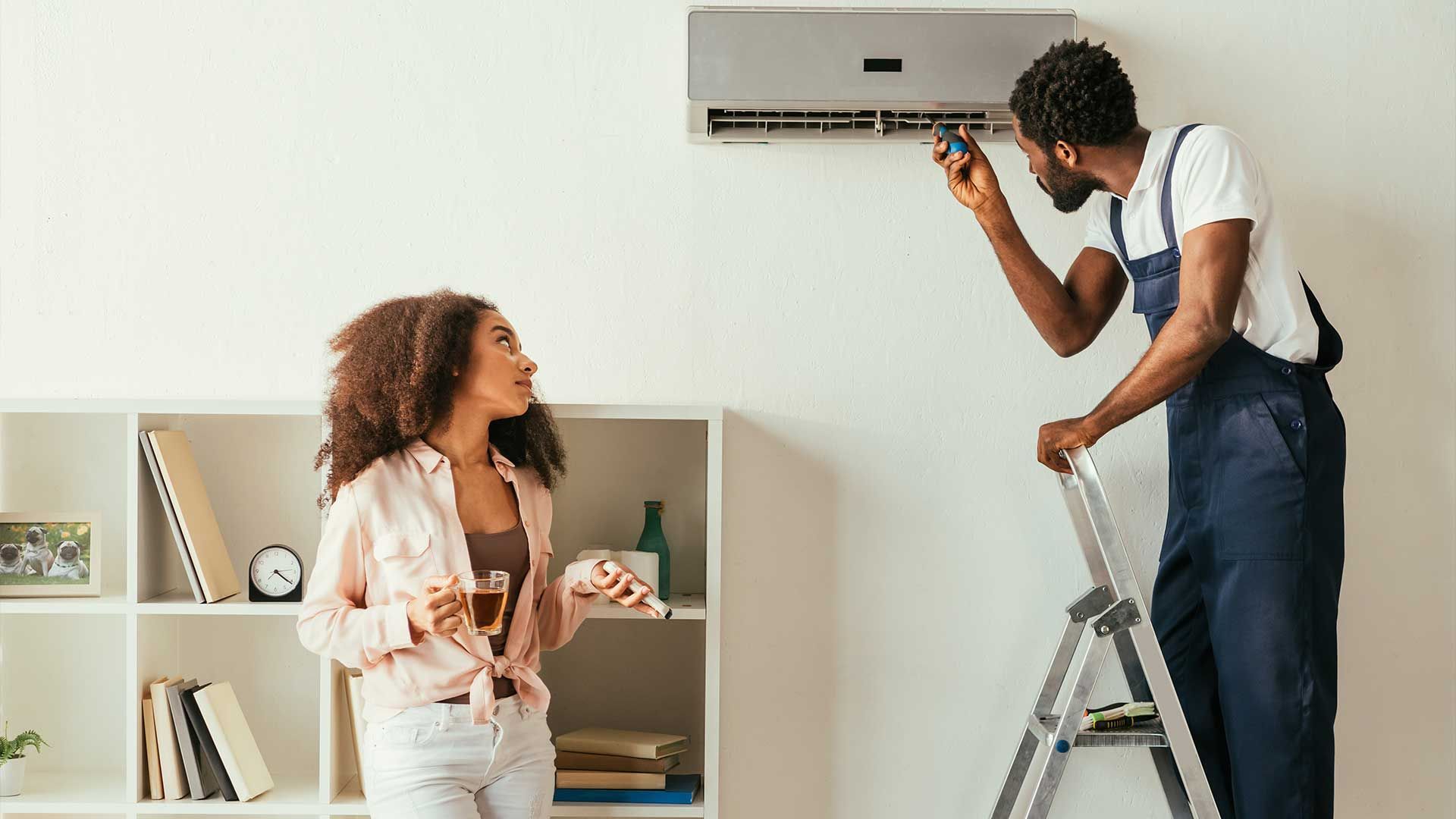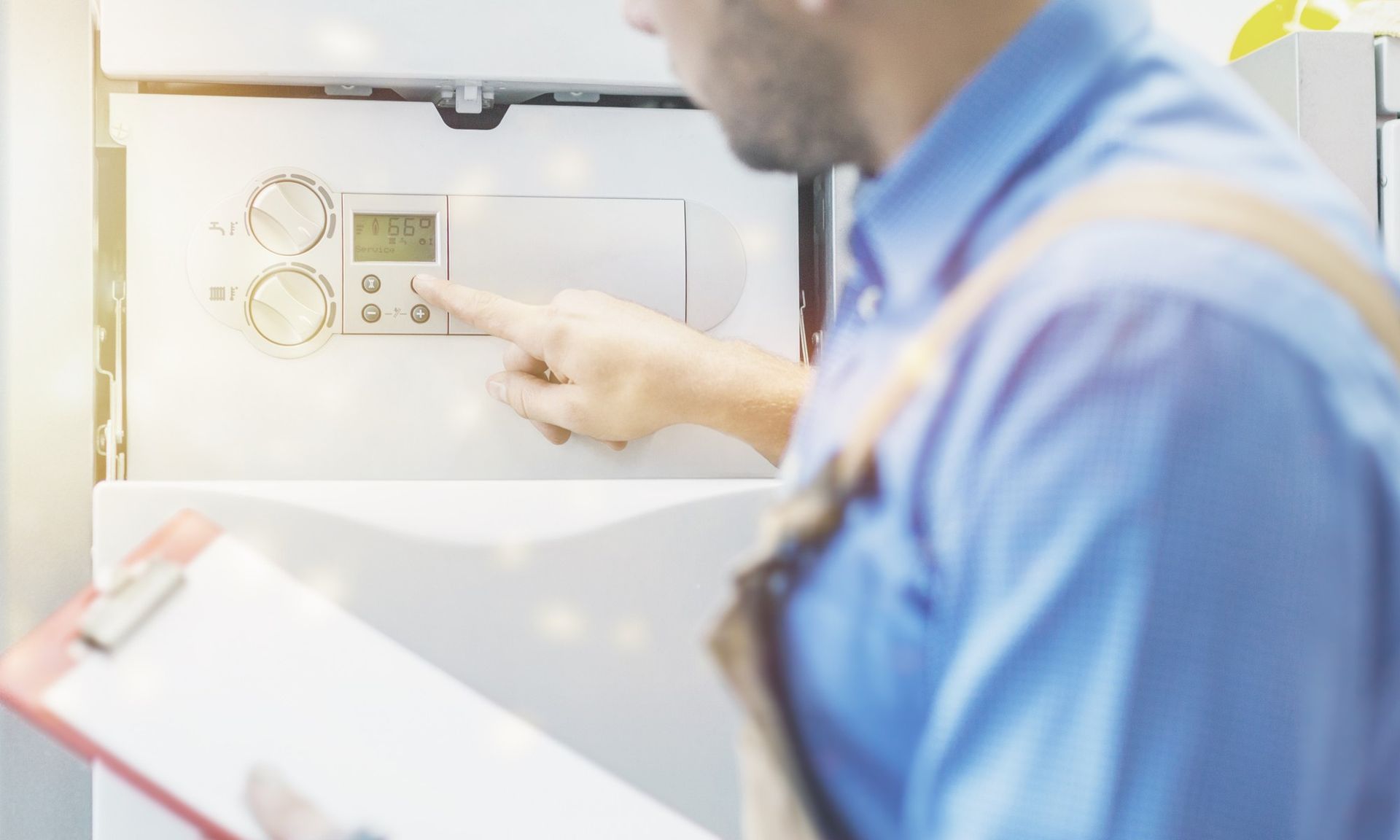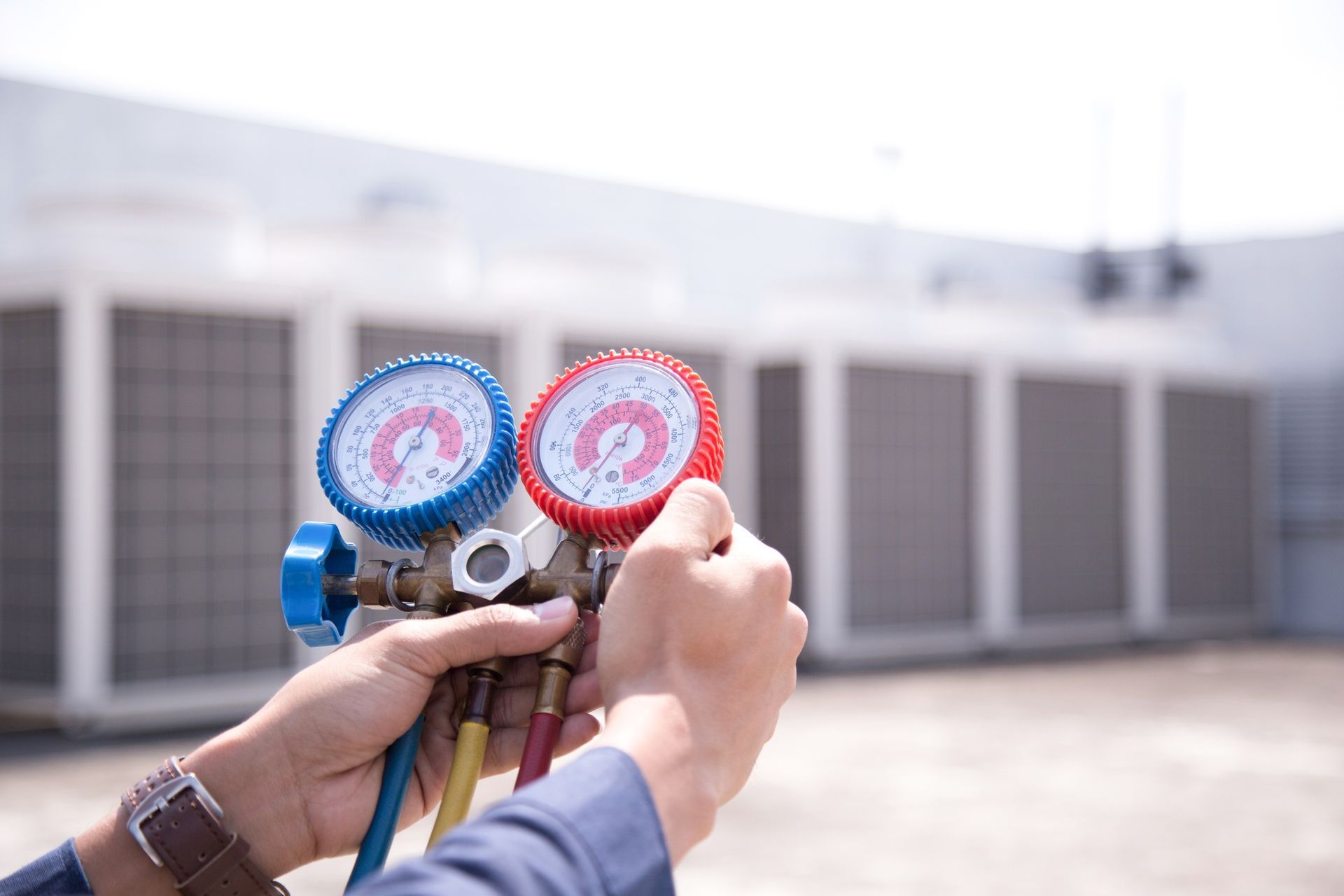The Impact of Indoor Air Quality on Your Health: What You Need to Know
Indoor air quality plays a significant role in our overall health and well-being. Every day, we spend a considerable amount of time indoors, whether at home, work, or school. The air we breathe indoors can contain various pollutants and contaminants that can affect our health in subtle but significant ways.
Understanding the importance of indoor air quality is crucial for maintaining a healthy living environment. Poor indoor air quality can lead to a range of health problems, including respiratory issues, allergies, and even long-term chronic conditions.
In this article, we will explore the impact of indoor air quality on your health and provide essential information on how indoor air quality can affect you and your loved ones. By learning more about indoor air quality, you can take proactive steps to improve the air you breathe and safeguard your health for the future.
Understanding Indoor Air Pollutants
Indoor air pollutants are substances that can degrade the quality of the air inside our homes, workplaces, and other indoor environments. These pollutants can come from various sources, including household products, building materials, and outdoor pollutants that infiltrate indoors.
Common indoor air pollutants include volatile organic compounds (VOCs) emitted from paints, cleaning products, and furniture, as well as allergens such as dust mites, pet dander, and pollen. Other pollutants include mold spores, tobacco smoke, and combustion byproducts from gas appliances.
It's essential to be aware of indoor air pollutants and their sources to minimize exposure and maintain healthy indoor air quality. By identifying and addressing sources of indoor air pollutants, we can create cleaner and safer indoor environments for ourselves and our families. In the following sections, we'll explore the health effects of poor indoor air quality and strategies for improving and maintaining optimal indoor air quality levels.
Health Effects of Poor Indoor Air Quality
Poor indoor air quality can have a range of adverse health effects, particularly on our respiratory system and overall well-being. Exposure to indoor air pollutants can trigger or exacerbate respiratory conditions such as asthma, allergies, and chronic obstructive pulmonary disease (COPD).
Individuals with pre-existing respiratory conditions may experience worsened symptoms when exposed to indoor air pollutants, leading to increased respiratory distress, coughing, wheezing, and shortness of breath. Additionally, prolonged exposure to poor indoor air quality can increase the risk of developing respiratory infections and other health problems over time.
Children, the elderly, and individuals with compromised immune systems are particularly vulnerable to the health effects of poor indoor air quality. It's essential to address indoor air quality issues promptly to protect the health and well-being of all occupants in indoor environments. In the following sections, we'll delve deeper into the long-term health risks associated with poor indoor air quality and strategies for improving indoor air quality to mitigate these risks.
Long-Term Health Risks
In addition to immediate health effects, prolonged exposure to poor indoor air quality can pose significant long-term health risks. Chronic exposure to indoor air pollutants has been linked to the development or exacerbation of various chronic health conditions, including cardiovascular diseases, respiratory illnesses, and even certain types of cancer.
For example, exposure to indoor air pollutants such as fine particulate matter (PM2.5) and volatile organic compounds (VOCs) has been associated with an increased risk of cardiovascular diseases, including heart attacks and strokes. Similarly, long-term exposure to indoor pollutants such as radon gas has been linked to an elevated risk of lung cancer.
Furthermore, poor indoor air quality can contribute to the development of chronic respiratory conditions such as asthma and COPD, leading to decreased lung function and impaired respiratory health over time.
Given the potential long-term health risks associated with poor indoor air quality, it's essential to take proactive steps to improve indoor air quality and reduce exposure to harmful pollutants. In the following sections, we'll explore strategies for enhancing indoor air quality and safeguarding long-term health.
Vulnerable Populations
Certain groups are more vulnerable to the health effects of poor indoor air quality than others. These vulnerable populations include children, the elderly, pregnant women, and individuals with pre-existing health conditions or compromised immune systems.
Children are particularly susceptible to the adverse effects of indoor air pollutants due to their developing respiratory systems and higher respiratory rates. Exposure to indoor pollutants during childhood can increase the risk of developing respiratory conditions such as asthma and allergies, as well as impair cognitive development and lung function.
Similarly, older adults may be more susceptible to the health effects of poor indoor air quality due to age-related changes in respiratory function and immune response. Chronic exposure to indoor pollutants can exacerbate existing health conditions in older adults and increase the risk of respiratory infections and cardiovascular diseases.
Pregnant women are also at risk, as exposure to indoor air pollutants can impact fetal development and increase the risk of adverse birth outcomes, such as low birth weight and preterm birth.
Individuals with pre-existing health conditions, such as asthma, allergies, or COPD, may experience worsened symptoms when exposed to indoor air pollutants. Additionally, those with compromised immune systems, such as individuals undergoing chemotherapy or organ transplant recipients, may be more susceptible to respiratory infections and other health problems associated with poor indoor air quality.
It's essential to consider the needs of vulnerable populations when addressing indoor air quality issues and implementing strategies to improve air quality in indoor environments. By prioritizing the health and well-being of these groups, we can create safer and healthier indoor environments for all occupants.
Improving Indoor Air Quality
Fortunately, there are several strategies that individuals can implement to improve indoor air quality and reduce exposure to harmful pollutants. One of the most effective ways to enhance indoor air quality is to minimize the sources of indoor air pollutants. This can be achieved by using low-VOC or VOC-free products, such as paints, cleaning supplies, and furniture, and avoiding smoking indoors.
Additionally, regular cleaning and maintenance of indoor spaces can help reduce the buildup of dust, pet dander, and other allergens. Vacuuming carpets and upholstery, dusting surfaces, and changing air filters regularly can all contribute to cleaner indoor air.
Improving ventilation is another important aspect of indoor air quality management. Opening windows and doors to allow fresh air to circulate can help dilute indoor air pollutants and improve air quality. Additionally, using exhaust fans in bathrooms and kitchens can help remove moisture and pollutants from indoor spaces.
Investing in air purifiers or filtration systems can also help improve indoor air quality by removing airborne pollutants such as dust, pollen, and pet dander. HEPA filters are particularly effective at capturing small particles and allergens, providing cleaner air for occupants.
By implementing these strategies, individuals can take proactive steps to improve indoor air quality and create healthier indoor environments for themselves and their families. In the following sections, we'll discuss the importance of monitoring indoor air quality and the tools and technologies available for measuring air quality levels.
Importance of Indoor Air Quality Monitoring
Monitoring indoor air quality is essential for ensuring that indoor environments are safe and healthy for occupants. Regular monitoring allows individuals to assess air quality levels, identify potential sources of indoor air pollutants, and take appropriate actions to mitigate risks and improve air quality.
Monitoring indoor air quality can help individuals identify trends and patterns in air quality levels over time, allowing them to make informed decisions about indoor air quality management strategies. For example, tracking indoor air quality data can help individuals identify times when indoor air pollutant levels are highest, such as during cooking or cleaning activities, and take steps to reduce exposure during these times.
Additionally, indoor air quality monitoring can provide early warning signs of potential health hazards, such as high levels of carbon monoxide or volatile organic compounds (VOCs), allowing individuals to take prompt action to protect themselves and their families.
There are various tools and technologies available for monitoring indoor air quality, ranging from simple, affordable monitors to more sophisticated monitoring systems that provide real-time data and alerts. By investing in indoor air quality monitoring, individuals can take proactive steps to safeguard their health and well-being in indoor environments.
Conclusion
Understanding the impact of indoor air quality on health is crucial for creating safe and healthy indoor environments for ourselves and our loved ones. By recognizing the signs of poor indoor air quality and implementing strategies to improve air quality, we can reduce the risk of respiratory issues, allergies, and other health problems associated with indoor air pollutants.
At Reid Heating & Air, Inc, we prioritize the health and well-being of our customers by providing comprehensive indoor air quality solutions. From air quality assessments to installation of air purification systems, our team is dedicated to helping you create cleaner and healthier indoor environments. For expert guidance and assistance with indoor air quality management, contact us today at (803) 366-1855. Let us help you breathe easier and live healthier in your indoor spaces.
Frequently Asked Questions (FAQs)
Why is indoor air quality important for my health?
Indoor air quality can directly impact respiratory health and overall well-being. Poor air quality may lead to allergies, asthma, and other health issues.
What are some common indoor air pollutants?
Common indoor air pollutants include volatile organic compounds (VOCs), dust, pollen, mold spores, pet dander, and tobacco smoke.
How can I improve indoor air quality in my home?
Strategies for improving indoor air quality include minimizing indoor air pollutants, enhancing ventilation, regularly cleaning and maintaining indoor spaces, and using air purifiers or filtration systems.
What are the benefits of indoor air quality monitoring?
Indoor air quality monitoring helps individuals assess air quality levels, identify potential health hazards, and make informed decisions about indoor air quality management strategies.
Why should I consider hiring a professional for indoor air quality assessment and solutions?
Professionals can provide expert guidance, conduct thorough assessments, and recommend appropriate solutions tailored to your specific indoor air quality needs, ensuring a healthier indoor environment for you and your family.
